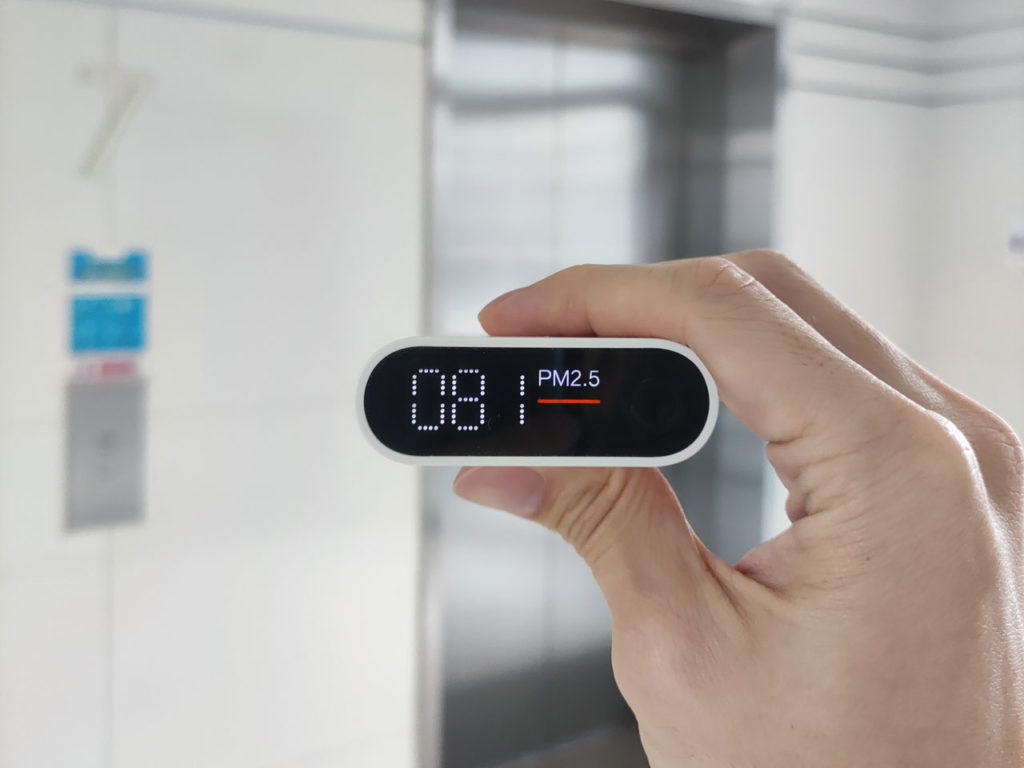Todd DeMonte, Chief Innovation Officer at the Indoor Air Hygiene Institute, answers questions about indoor air quality (IAQ) as we return to offices nationwide

Q: Can the pandemic lead to better indoor air quality in the long term?
A: Historically, buildings have been built and managed with energy efficiency as the focus. Now, I believe we are seeing a paradigm change in building design and construction equivalent to the shift that mainstreamed energy efficiency and the resulting tightly sealed buildings we have today. This change looks to bring occupant health and productivity into sharp focus and indoor air is a core element that must be addressed. Understanding is the key to effecting positive change in this area, and the pandemic has certainly encouraged those looking to reopen office buildings to question just what measures are in place to safeguard those inside.
Q: What are the major air quality concerns that employers will have about their staff returning to the office environment?
A: Employer concerns will likely be more about communication—how to ensure their people feel safe and that they understand their health is being safeguarded. Of course, to achieve this there must be a plan in place to effectively address indoor air quality (IAQ), and that is where organizations such as the Institute can offer guidance and support. For example, many do not realize that the only mitigation factors existing offices have is their HVAC systems—and that these must be optimized for outdoor air ventilation and have the highest MERV-level filtration that the systems can handle. We start with a thorough evaluation of the space or spaces in question over a period of time, and only then do we make recommendations based on technologies that are grounded in science with proven efficacy. Following that, continuous monitoring is essential to ensure air quality remains hygienic.
Q: What are the fundamental changes that must happen to ensure air hygiene levels are optimal?
A: The fundamentals of air quality are increased outdoor air ventilation and higher MERV-rated filters. Upper room UV lighting, 254 nm germicidal UV, has also shown good results and is safe when used as recommended. Ultimately, the most fundamental business change is the need to factor in the real-life human and business costs of poor IAQ in the first place. For example, estimates say $60bn per year is lost in the US because of poor indoor air quality, while some 14m workdays per year are missed by adults as a result of asthma alone – an issue commonly exacerbated by poor IAQ.
Q: Along with reducing the risk of infection from COVID-19, what are other long-term benefits to paying attention to air hygiene?
A: When indoor air quality is optimized, people benefit on a number of levels. Improved health and longer life are core factors, but other benefits are fewer allergies and infections, an immune system that isn’t constantly inflamed, and better thinking and decision-making. Businesses benefit by fewer absences, employees who can focus and make better decisions, structures requiring less maintenance, and possibly the ability to attract the best people as a result of a demonstrable focus on the health and wellbeing of their employees.
Q: As a building owner or facility manager facing these fresh challenges, where can I turn for advice?
A: There are many sources of IAQ measurement, IAQ reporting, and IAQ consulting. Each service generally focuses on its core strengths—be it devices, software, or knowledge. At the Institute, though, we can focus on all these aspects of IAQ . This is because we are the only fully integrated source of testing, equipment, and knowledge—both equipment and IAQ—in the marketplace. That breadth of focus is valuable to businesses because there are many potential pitfalls on the road to IAQ. For example, IAQ is often seen as a line-item to be ticked off of a long list of requirements to certify a building as ‘healthy.’ In reality, relying on a single measurement will not give an accurate depiction of IAQ at all, as it is prone to changing frequently and without warning. That is why we place such emphasis on measuring and continuous monitoring in order to safeguard human health inside a building.
Q: We hear a lot in the media about sub-standard solutions to air quality – such as oxidizers and purifiers – being offered on the market. How can we ensure the solutions we implement are fit for purpose?
A: From my perspective, for people who want to run their businesses to provide safer, healthier, and more productive workplaces, my own recommendation is that they partner with a trusted, full-service provider such as the Institute. The core reason we exist is to address what we know to be an important need. We realized we had the specialized knowledge, equipment and systems to solve this large-scale problem, and with The Inside Advantage™ certification program we can now provide peace of mind for our partners that their IAQ challenges are being addressed and resolved in the most efficient and effective way possible.
For more Information on how the Institute can help to make an impact on human health and wellbeing within your building, contact [email protected]


Ensure you are taking the right steps to provide quality indoor air. Give people the confidence to return indoors.